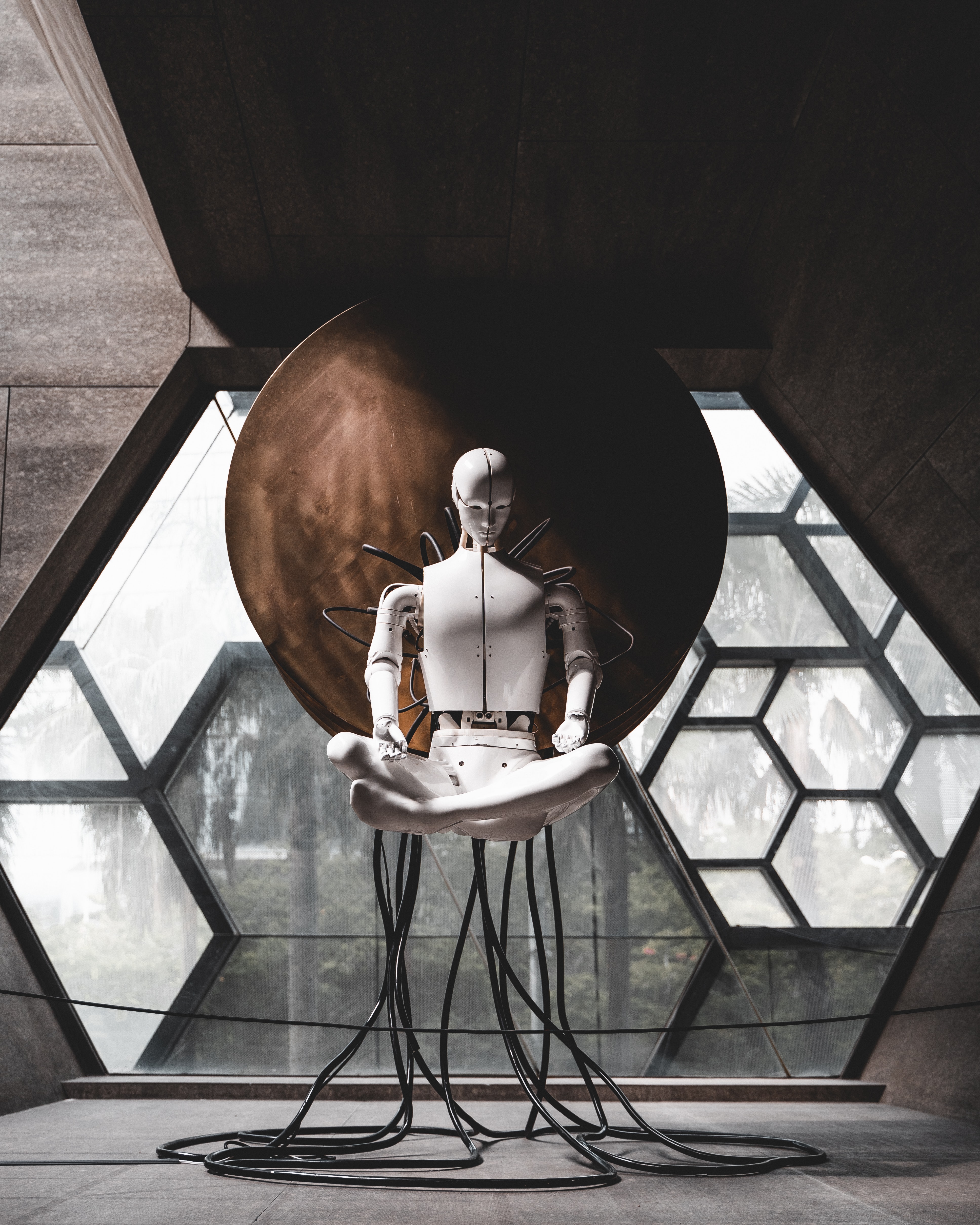Entering the Simulacra World. Aesthetic and Cultural Phenomenologies in Literature, Media, and the Arts
Abstract
This issue of Between aims to investigate the phenomenology of simulacra and their range of functions (conceptual, cultural, literary, aesthetic, and in the media). What is meant here by ‘simulacrum’ is any artificial creature or phantasm that imitates or replicates the outward form and/or behaviour of living beings, especially human beings. By doing so, it blurs the boundaries between life and artifice, human and non-human. As a notion, ‘simulacrum’ covers a variety of hybrid, liminal and often spectral figures populating the premodern, modern and contemporary imagination: from statues to puppets, from golems to homunculi, from automata to robots, from cyborgs to avatars and, ultimately, Artificial Intelligence. The case studies collected here lay the groundwork for an inquiry wherein literary works are assessed from both the point of view of textual analysis and in connection with the compelling relevance that the theme of simulacra has been gaining in the cultural sphere, including contemporary debates on the ‘trans-‘ and ‘posthuman’.
Downloads
References
Baudrillard, Jean, L’échange symbolique et la mort, Paris, Gallimard, 1976; Engl. transl. by Iain Hamilton Grant Symbolic Exchange and Death, London - Thousand Oaks - New Delhi, Sage Publications, 1993.
Id., Simulacres et simulation, Galilée, Paris 1981; Engl. transl. by Sheila Faria Glaser Simulacra and Simulation, Ann Arbor, University of Michigan Press, 1994.
Braidotti, Rosi, The Posthuman, Cambridge, Polity Press, 2013.
Caronia, Antonio, Il Cyborg. Saggio sull’uomo artificiale, Milano, Shake, 2008.
Id., Dal Cyborg al postumano. Biopolitica del corpo artificiale, Milano, Meltemi, 2020.
Eugeni, Ruggero, La condizione postmediale. Media, linguaggi e narrazioni, Brescia, La Scuola, 2015.
Fusillo, Massimo, Feticci. Letteratura, cinema, arti visive, Bologna,il Mulino, 2012(a).
Id., L’altro e lo stesso. Teoria e storia del doppio, nuova ed., Modena, Mucchi, 2012(b).
Grusin, Richard, The Nonhuman Turn, Minneapolis, University of Minnesota Press, 2015.
Haney, William S., Cyberculture, Cyborgs and Science Fiction: Consciousness and the Posthuman, Amsterdam - New York, Rodopi, 2006.
Haraway, Donna, “A Cyborg Manifesto”, in Ead., Simians, Cyborgs, and Women. The Reinvention of Nature, New York, Routledge, 1991: 149-181.
Hayles, Nancy Katherine, How We Became Posthuman: Virtual Bodies in Cybernetics, Literature and Informatics, Chicago, University of Chicago Press, 1999.
Herbrechter, Stefan, Posthumanism: A Critical Analysis, London, Bloomsbury, 2013.
Herzberg, Stephan - Watzka, Heinrich (eds.), Transhumanismus: Über die Grenzen technischer Selbstverbesserung, Berlin - Boston, De Gruyter, 2020.
Jourde, Pierre - Tortonese, Paolo, Visages du double. Un thème littéraire, Paris, Édition Nathan, 1996.
Kurzweil, Ray, The Singularity is Near: When Humans Transcend Biology, London, Viking Penguin, 2005.
LaGrandeur, Kevin, Androids and Intelligent Networks in Early Modern Literature and Culture: Artificial Slaves, London - New York, Routledge, 2017 (12013).
Micali, Simona, Towards a Posthuman Imagination in Literature and Media. Monsters, Mutants, Aliens, Artificial Beings, Oxford,Peter Lang, 2019.
Pinotti, Andrea, Alla soglia dell’immagine. Da Narciso alla realtà virtuale, Torino, Einaudi, 2021.
Puglia, Ezio - Fusillo, Massimo - Lazzarin, Stefano - Mangini, Angelo M., Ritorni spettrali. Storie e teorie della spettralità senza fantasmi, Bologna, il Mulino, 2018.
Stoichita, Victor Ieronim (ed.), Das Double, Wiesbaden, Harrassowitz, 2006.
Id., The Pygmalion Effect: From Ovid to Hitchcock, Engl. transl. by Alison Anderson, Chicago, University of Chicago Press, 2008.
Copyright Notice
You are free to copy, distribute and transmit the work, and to adapt the work. You must attribute the work in the manner specified by the author or licensor (but not in any way that suggests that they endorse you or your use of the work).









